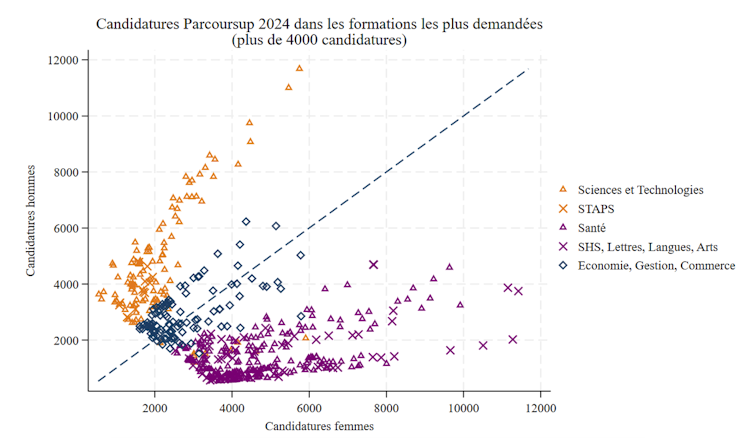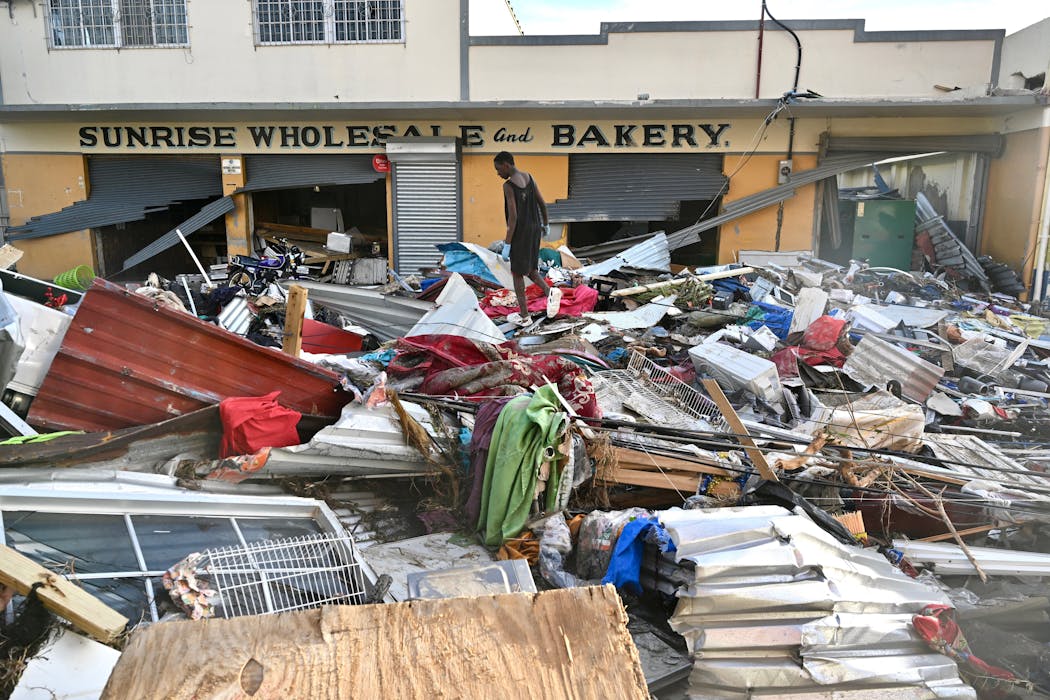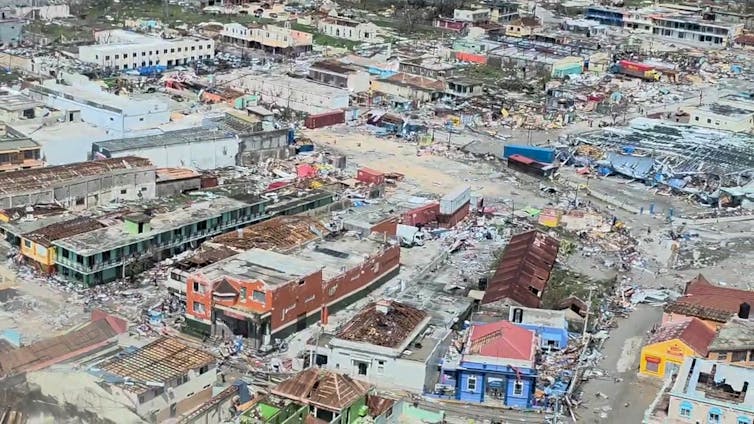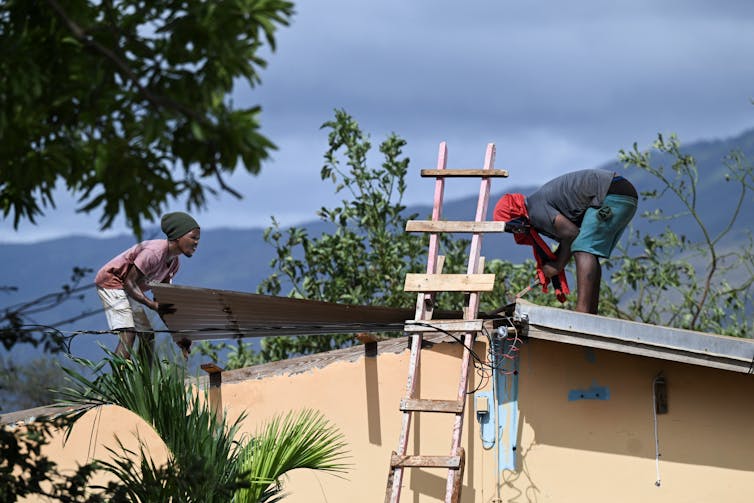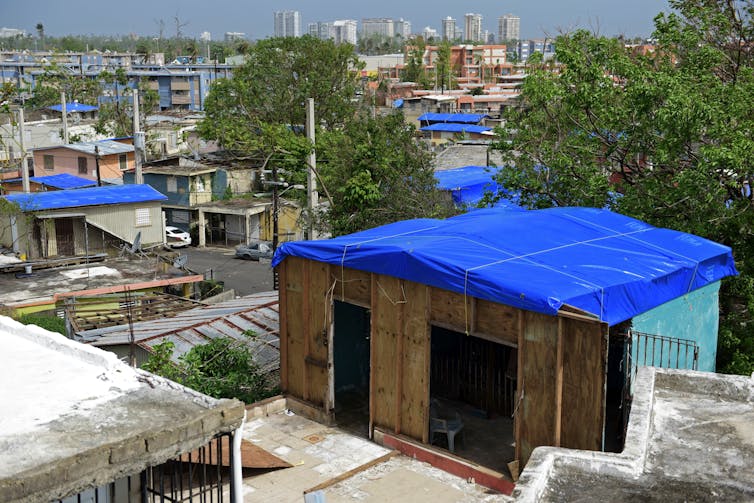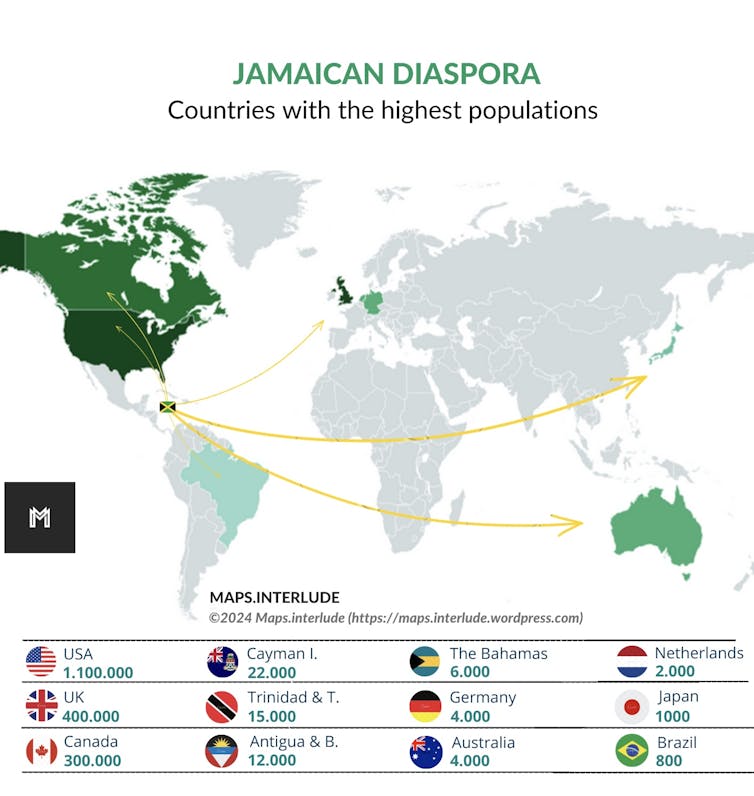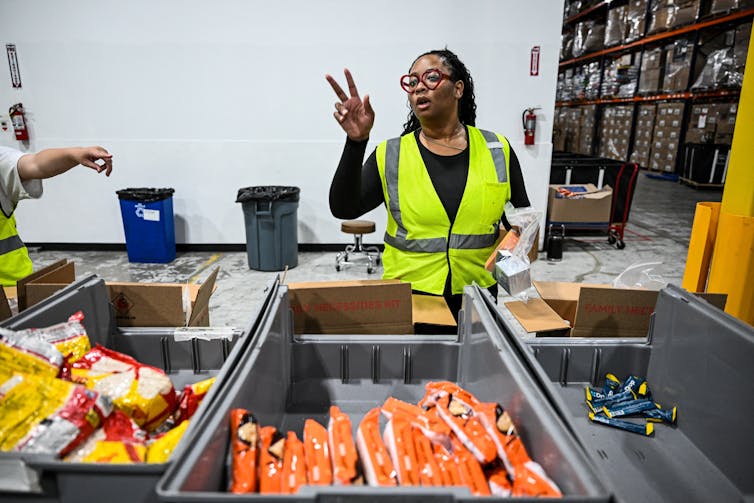Source: The Conversation – USA (3) – By Kimberly Johnson, Professor of Public Health, Washington University in St. Louis

Every week of 2025 seems to bring a new health headline, whether it’s about climbing autism rates, changing vaccination recommendations or unexpected cancer risks.
For people trying to make informed choices about their own health and that of their families, it can be tough to make sense of it all. The science can feel contradictory and confusing. Human data is messy, and studies often yield conflicting results.
Sparring between government officials and scientists can muddy the picture further.
As professors who teach epidemiology and research methods to public health students, we start our students off with a few key questions that can help make sense of the evidence. We’ve come to realize that these lessons aren’t just for public health experts – they are tools that anyone can use to cut through bias, evaluate health claims and better understand health-related policy debates.
So next time you read a news article making a claim about a particular health condition, ask yourself these three questions.
No. 1: Are people getting this illness more often?
Media reports often highlight changes in how frequently a condition is diagnosed. Take, for example, “Autism rates in US rise again to 1 in 31 kids, CDC says,” and “CDC finds nearly 1 in 3 US youth have prediabetes, but experts question scant data.”
Before raising the alarm about an unfolding epidemic, it’s important to consider whether the changes in rates are due to what public health researchers call artifactual changes or if they are true changes.

J_art/Moment via Getty Images
Artifactual changes can occur even when the rate of a disease or condition in the population has not actually changed. When researchers revise how they define a particular condition, the number of people counted as having it can change over time. Autism rates, for example, have increased at least partially due to an expanded definition of autism.
Another example is a change in what classifies someone as having high blood pressure. In 2017, the American Heart Association lowered the cutoff for diagnosing hypertension from 140/90 to 130/80. As a result, almost overnight, more people were considered to have the condition.
A condition’s rate can also appear to increase when doctors become better at detecting it. The widespread adoption of the PSA test, short for prostate-specific antigen test, a blood test for prostate cancer detection, in the early 1990s resulted in a surge in prostate cancer diagnoses. Some fraction of these cases were detected at such an early stage that they may never have progressed to cause illness or death during the patient’s lifetime.
Increased awareness of a condition due to media reports or public discussion can also result in more diagnoses. That’s especially true when diagnosis is not based on a definitive medical test but instead on clinical observations or reports. For example, increases in ADHD cases over time may partly reflect increased recognition and diagnosis as awareness grows.
True changes in the rates of a disease or health condition reflect real shifts in the factors that cause a condition to become more or less common in a population.
A classic example of a true change in a disease rate is smoking and lung cancer. Early in the 1900s, lung cancer was a rare disease in the United States. By the 1930s, doctors were noticing more cases in men, leading to studies investigating its potential causes, including smoking.
Based on the results of numerous studies reviewed by the U.S. surgeon general’s Advisory Committee on Smoking and Health in the early 1960s, the committee concluded that smoking was a primary cause of lung cancer. In the surgeon general’s landmark report published in 1964, which drew upon evidence from over 7,000 scientific and technical articles, the committee concluded that “cigarette smoking contributes substantially to mortality from certain specific diseases and the overall death rate.”
No. 2: What kind of study led to this claim?
The strongest studies compare a control group, which does not receive the intervention being tested, and an experimental group, which does. Study participants are randomly assigned to one of these groups. This type of study design, called a randomized controlled trial, is considered the gold standard for proving when a treatment or other factor truly causes or prevents a disease.

Dragos Condrea/iStock via Getty Images
However, a randomized controlled trial cannot be used to study potentially harmful factors such as pesticides or other chemicals found in our everyday environments. Exposing people to potentially harmful exposures would not be ethical. Instead, researchers need to rely on observational studies, which identify people who are already exposed to some factor in their daily lives – for example, those who work with pesticides – and compare their health outcomes to people who are not exposed to pesticides.
The challenge with observational studies is that the two groups of people often differ in unpredictable ways – and these differences might partly explain why one group has a higher rate of a certain disease or health condition. This is known as confounding. Statistical methods used to control for these differences between the groups are often imperfect. This is why it’s risky to draw conclusions from a single study.
No. 3: What other evidence is there?
Because a single study cannot prove cause and effect, experts review the total body of research on a topic, like a jury weighing all the testimony before rendering a verdict. Evidence often includes a combination of study types, including randomized clinical trials, observational studies and laboratory research. Randomized clinical trials test whether an intervention actually changes outcomes under controlled conditions, while observational studies look for patterns and associations in real-world populations. Laboratory research aims to uncover biological mechanisms linking a potential cause to a disease, and it is usually conducted under artificial circumstances.
For example, many studies have investigated the effects of chemicals in cigarette smoke. On balance, they have found that such chemicals cause cancer by damaging genetic material in lung cells. When this damage affects key genes, it can trigger the cells to divide uncontrollably and lead to the development of cancer.
Once scientists rule out explanations based in artifacts such as more people being classified with a condition due to changing definitions, they can combine evidence from a range of studies on a topic to build a convincing case for whether the factor they are investigating truly causes or prevents a disease or other condition. They weigh all the evidence because no single study settles the question, but together the pieces form a clearer picture.
The bottom line? If you see a health claim that seems too good – or too bad – to be true, take a moment to mentally run the evidence through these three questions before deciding what to believe.
![]()
The authors do not work for, consult, own shares in or receive funding from any company or organization that would benefit from this article, and have disclosed no relevant affiliations beyond their academic appointment.
– ref. Health headlines can be confusing – these 3 questions can help you evaluate them – https://theconversation.com/health-headlines-can-be-confusing-these-3-questions-can-help-you-evaluate-them-266472













